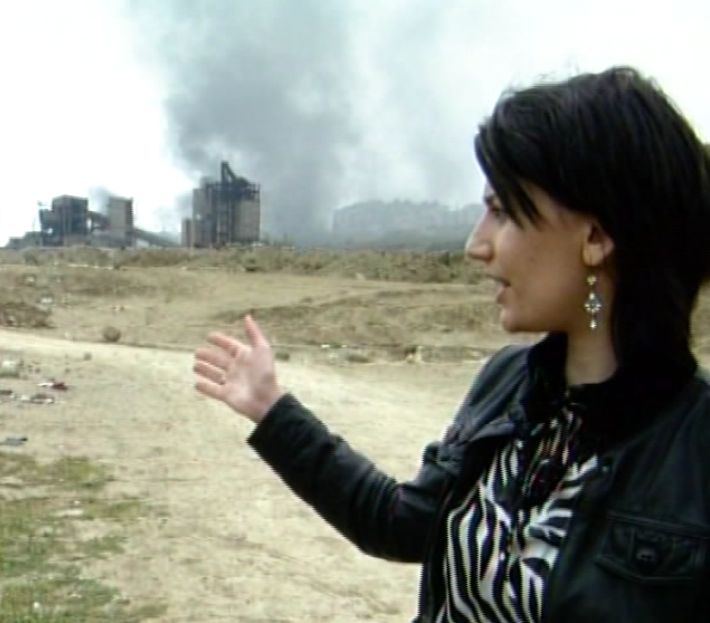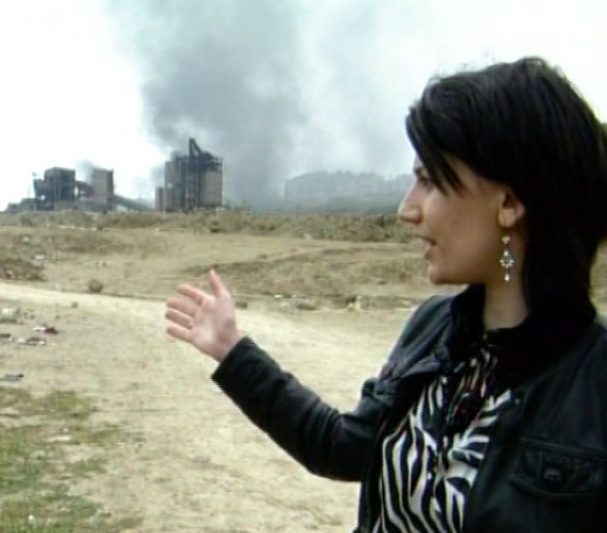
Two fire engines roared past us, towards the thick black smoke pouring out of an abandoned brick factory just a few hundred metres away. As the children we’d just been interviewing looked on, Sabina straightened her hair and started her piece to the TV camera. “For the 150 or so children who live in this settlement, this is their playground,” she said, gesturing around her. “Behind me, a derelict factory that has just burst into flames, to my left a dangerous lake where two people have drowned, and here to my right a rubbish dump…”
Sabina and her five-strong team were taking part in a reporting project for TV journalists organised by the Media Diversity Institute and Yeni Nesil, in Azerbaijan. They had come to a makeshift settlement in the capital city, Baku, to report on the perilous living conditions for the children of internally displaced people.

The 10-day course, in May 2010, was designed to help the participants develop their skills in covering groups in Azeri society that are often overlooked by mainstream media coverage. Eight TV journalists had initially signed up for the course, but another five from the state broadcaster, Az TV, had asked if they could join the team too, the day before the training started. So the now 13-strong group had been divided into three teams and each sent off to research, film and edit a short film. This learning-by-doing would help them explore, understand and discuss issues around discrimination based on race, ethnicity, religion, age, gender, physical or mental ability, legal status and sexual orientation.

In the end, only three films proved possible – but discussing why the other two ideas failed highlighted important lessons about the importance of research, the use of statistics and proper planning. After seven days of filming and editing, the three teams gathered in the classroom once again to screen their films and discuss what they had learned. Touching on everything from child labour and homelessness to disability and gender issues, the films proved a highly effective way to help the participants learn about covering diversity. All three films will be broadcast on Azeri national and regional television.
The training formed part of MDI’s long-running training programme in Azerbaijan, which helps journalists to better reflect diversity in their reporting, improve their understanding of freedom of expression and raise journalistic standards. The course was supported by the UK’s Foreign and Commonwealth Office and organized with MDI’s local partner organization, Yeni Nasil. For more info contact: ![]()

